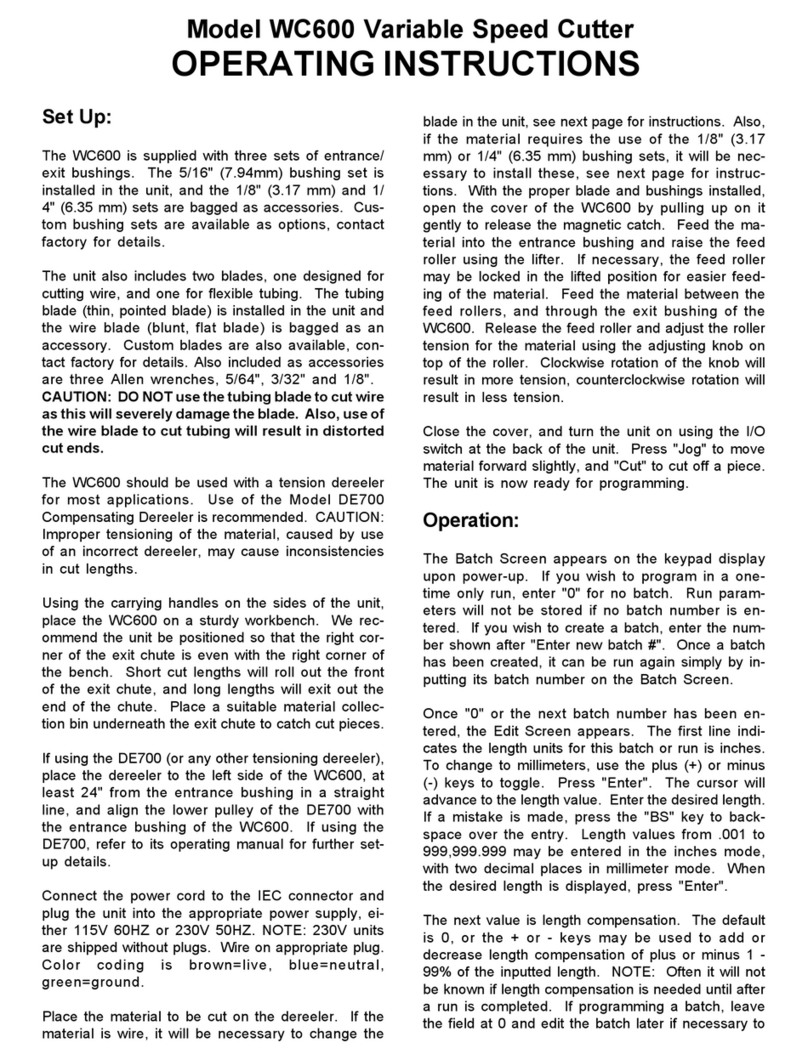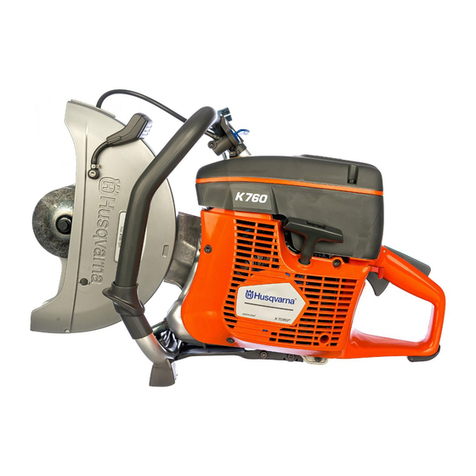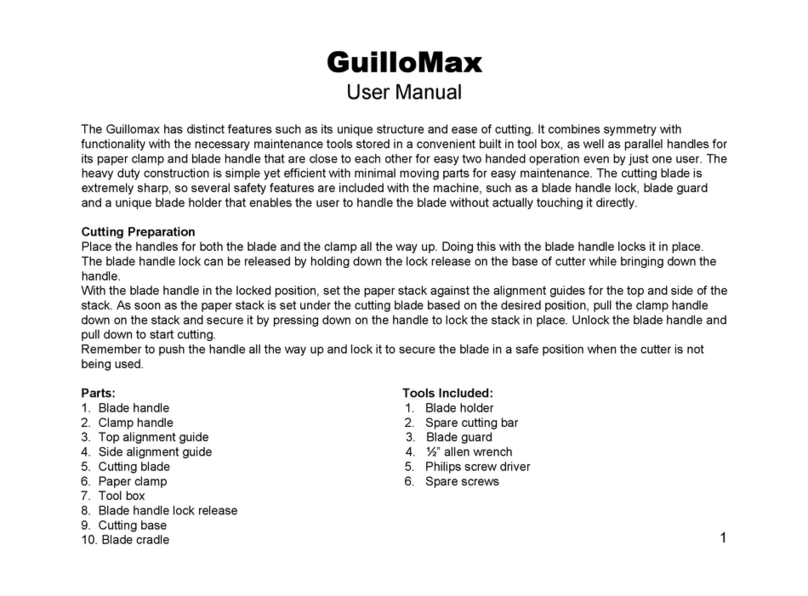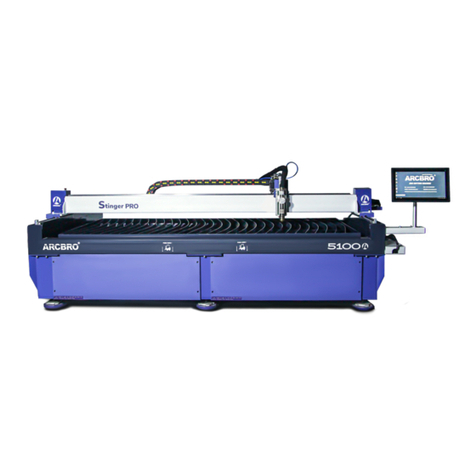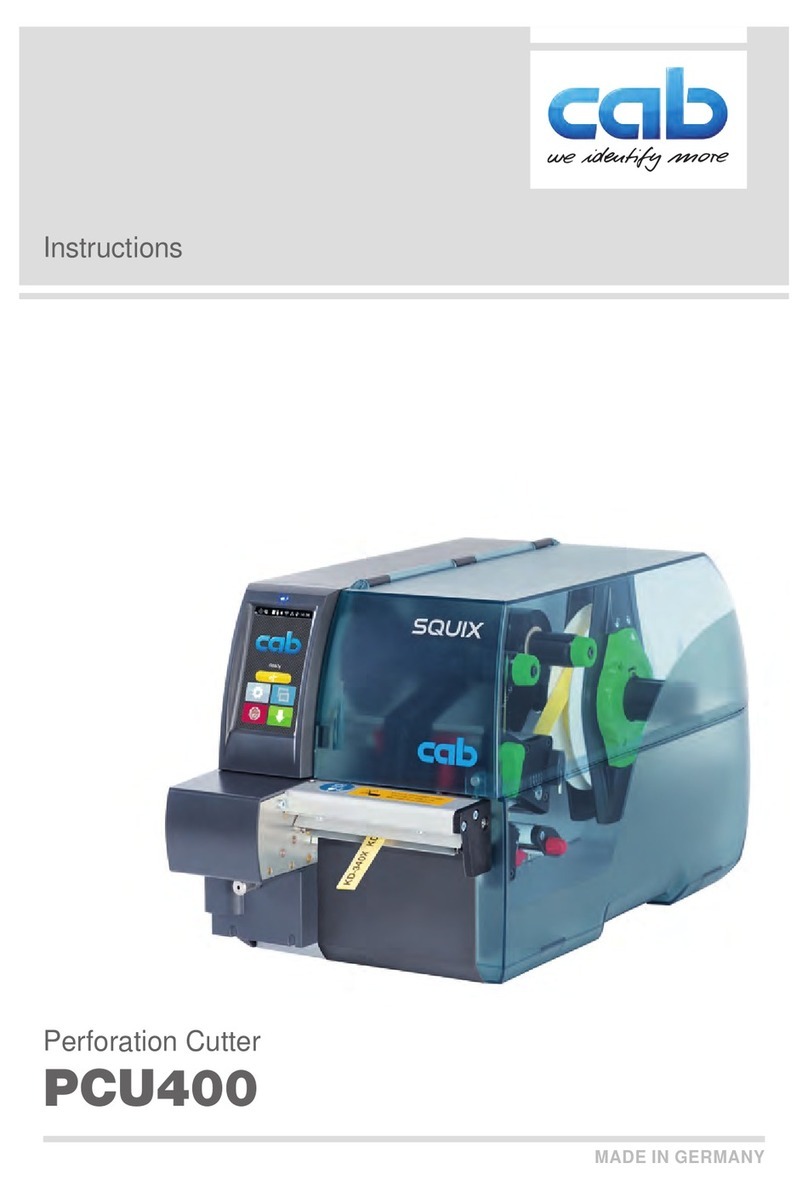
Import Toolbar......................................................................................................................................................................................................... 38
Magic Toolbar.......................................................................................................................................................................................................... 39
Node Mode Toolbar................................................................................................................................................................................................. 39
3.03 BARS............................................................................................................................................................................................... 39
Menu Bar .................................................................................................................................................................................................................. 39
Sel. Properties Bar .................................................................................................................................................................................................. 39
Main Bar ................................................................................................................................................................................................................... 40
Layer Bar.................................................................................................................................................................................................................. 40
Tab Bar ..................................................................................................................................................................................................................... 40
Page Bar................................................................................................................................................................................................................... 40
Status Bar ................................................................................................................................................................................................................ 41
3.04 VIRTUAL MAT ................................................................................................................................................................................... 41
3.05 ZOOMING AND PANNING.................................................................................................................................................................... 42
3.06 OPENING MTC FILES........................................................................................................................................................................ 43
Opening a New File/Project.................................................................................................................................................................................... 43
Opening an Existing MTC File ............................................................................................................................................................................... 43
3.07 SAVING MTC FILES.......................................................................................................................................................................... 44
3.08 OPENING BASIC SHAPES................................................................................................................................................................... 44
3.09 SELECTING,MOVING,AND DELETING SHAPES.................................................................................................................................... 45
Selecting .................................................................................................................................................................................................................. 45
Moving...................................................................................................................................................................................................................... 46
Deleting .................................................................................................................................................................................................................... 46
3.10 CUTTING,COPYING,PASTING,DUPLICATING...................................................................................................................................... 47
Cutting to the Clipboard ......................................................................................................................................................................................... 47
Copying to the Clipboard ....................................................................................................................................................................................... 47
Pasting from the Clipboard .................................................................................................................................................................................... 47
Duplicating............................................................................................................................................................................................................... 48
3.11 UNDO/REDO .................................................................................................................................................................................... 48
Undo ......................................................................................................................................................................................................................... 48
Redo ......................................................................................................................................................................................................................... 49
3.12 LAYER BAR ...................................................................................................................................................................................... 49
3.13 RESIZING,ROTATING,SLANTING,AND WARPING ................................................................................................................................ 51
Resizing.................................................................................................................................................................................................................... 51
Rotating and Slanting ............................................................................................................................................................................................. 52
Warping .................................................................................................................................................................................................................... 52
3.14 CHANGING COLOR,TEXTURE,AND LINE STYLE .................................................................................................................................. 53
Changing Color ....................................................................................................................................................................................................... 53
Changing Texture.................................................................................................................................................................................................... 53
Changing Line Style................................................................................................................................................................................................ 55
3.15 OTHER SHAPE MANIPULATIONS......................................................................................................................................................... 56
Aligning .................................................................................................................................................................................................................... 56
Spacing .................................................................................................................................................................................................................... 56
Mirroring and Flipping ............................................................................................................................................................................................ 56
4. IMPORTING AND EXPORTING............................................................................................................................................................. 58
4.01 ACCESSING THE IMPORT OPTIONS..................................................................................................................................................... 58
4.02 IMPORTING FROM THE ONLINE MTC GALLERY.................................................................................................................................... 58
4.03 IMPORTING SVG, SVGZ FROM YOUR COMPUTER .............................................................................................................................. 59
4.04 IMPORTING AI, EPS, PS, PDF.......................................................................................................................................................... 60
4.05 IMPORTING SCUT, SCUT2............................................................................................................................................................... 61
4.06 IMPORTING TTF, OTF FONT FILES .................................................................................................................................................... 61
4.07 IMPORTING FROM LETTERING DELIGHTS ............................................................................................................................................ 61
4.08 IMPORTING RASTER FILES (JPG, BMP, PNG, ETC)............................................................................................................................ 62
4.09 ACCESSING THE EXPORT OPTIONS.................................................................................................................................................... 62
4.10 EXPORTING TO BASIC SHAPES .......................................................................................................................................................... 63
4.11 EXPORTING TO MTC GALLERY.......................................................................................................................................................... 63
4.12 EXPORTING AS EPS/AI, SVG, OR PDF ............................................................................................................................................. 64
4.13 EXPORTING AS A RASTER FILE .......................................................................................................................................................... 64
4.14 USING WINDOWS COPY/PASTE ......................................................................................................................................................... 65
Adobe Illustrator...................................................................................................................................................................................................... 65
Inkscape ................................................................................................................................................................................................................... 65
KNK Studio/ ACS Studio......................................................................................................................................................................................... 65
5. WORKING WITH TEXT .......................................................................................................................................................................... 67







